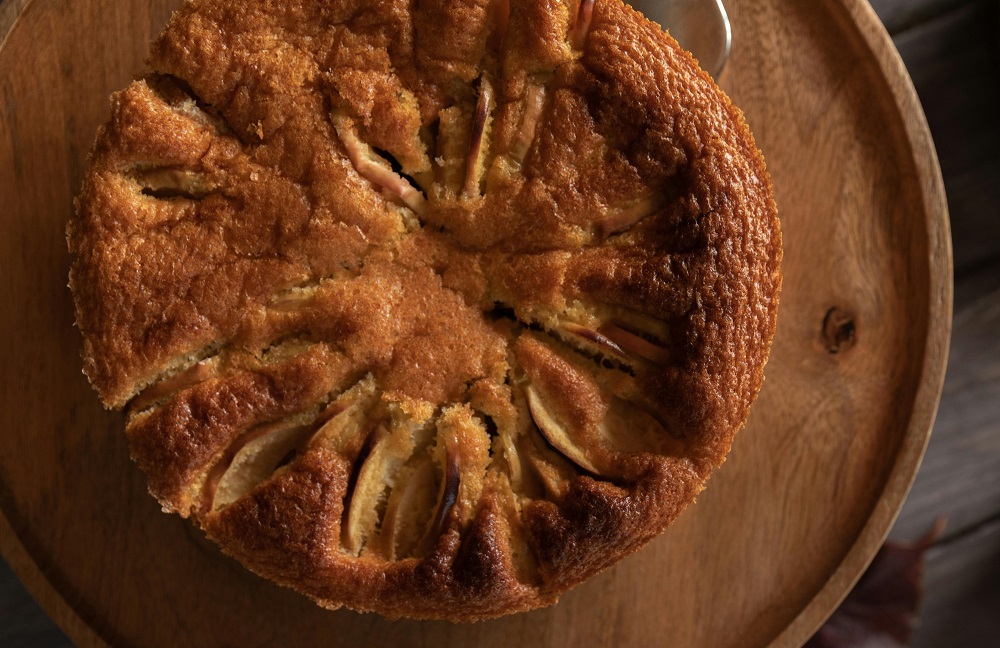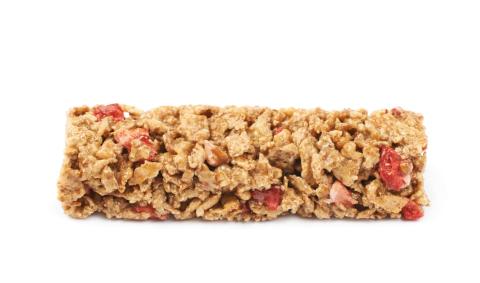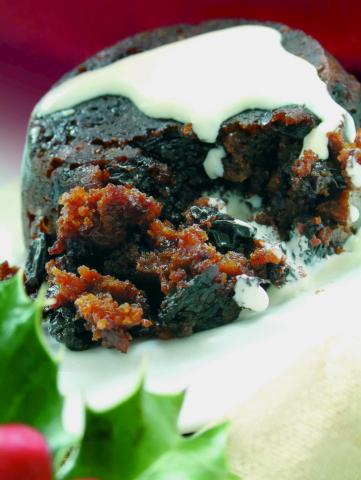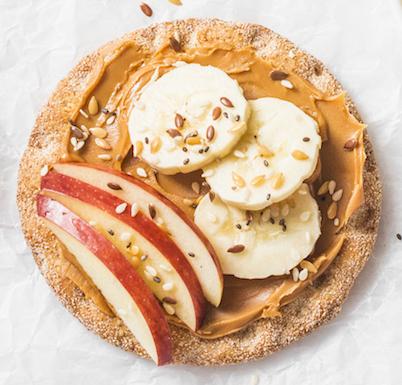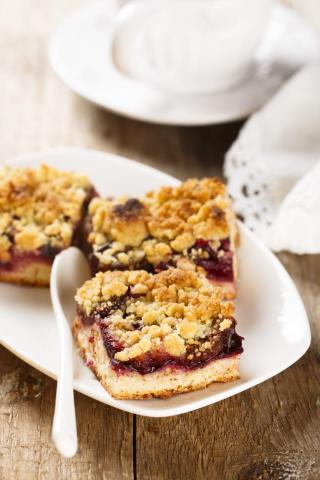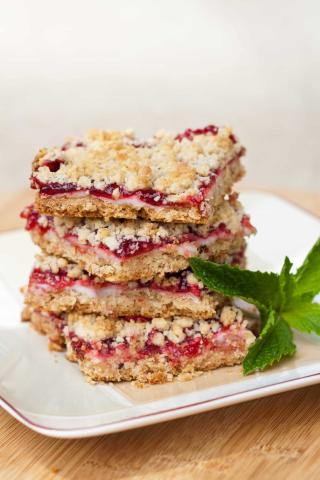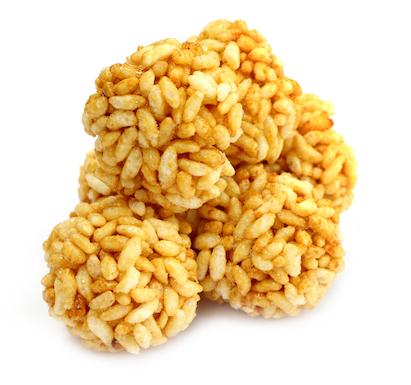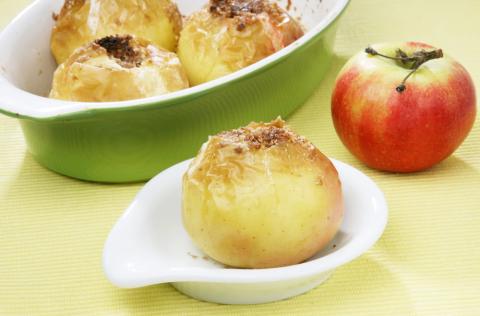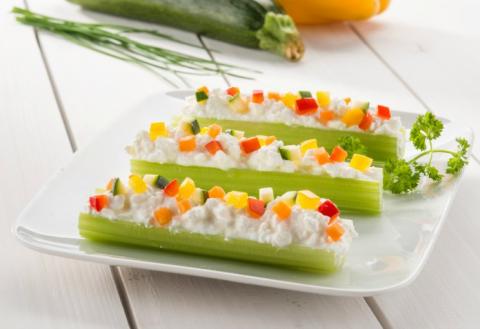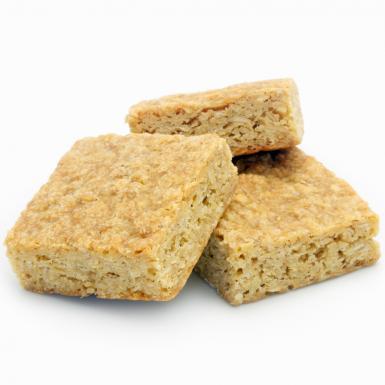- 7 Level Tablespoons (140g) Self-Raising Flour
- 3 Level Tablespoons (60g) Wholemeal Flour
- 9 Tablespoons (140g) Low Fat Spread
- 5 Tablespoons (100g) Brown (Demerara) Sugar
- 2 Teaspoons (6g) Ground Mixed Spice
- 2 Eggs
- 3 Average (336g) Apples
- 4 Tablespoons (120g) Raisins
- 5 Dessert spoons (50ml) Semi-Skimmed Milk
Ingredients
Allergy Disclaimer
Always check the label of each ingredient for allergy warnings.
Method
- Preheat the oven to 160°C / 140°C fan oven / 300°F / gas mark 4.
- Mix spread and sugar together in a large bowl then crack the eggs into the bowl and in with flour and mixed spice.
- Peel and core the apples then cut into small chunks.
- Gently stir in the apple and raisins and gradually add the milk until the mixture drops off the spoon without needing to shake.
- Line a 20cm round or square baking tin with greaseproof (baking) paper then pour mixture into the tin and smooth with the back of the spoon.
- Bake in the oven for 1- 1½ hours until the cake is well risen, golden brown and firm to touch.
- Remove from the tin by slipping a knife around the edges to loosen the cake and allow to cool before serving.
Time Saver Tips
Can be made in advance: store i an airtight container once cooled.
Tips for Kids
They will enjoy weighing and mixing the ingredients together.
Nutritional Information
Based on a single serving of 80g (% of an adult's reference intake)
Energy
180 kcals ( 9 %)
760 kJ ( 9 %)
Fat
1.3 g ( 7 %)
Saturates
31.6 g ( %)
Sugar
19 g ( 21 %)
Salt
0.3 g ( 5 %)
Detailed nutritional information
| Per 100g | Per 80g serving | |
|---|---|---|
| Energy Kcals | 225 | 180 |
| Energy Kj | 950 | 760 |
| Protein | 4 g | 3.2 g |
| Total Fat | g | g |
| Saturated Fat | 1.6 g | 1.3 g |
| Carbohydrates | 39.5 g | 31.6 g |
| Total Sugars | 23.7 g | 19 g |
| NSP Fibre | 2 g | 1.6 g |
| Sodium | 147 mg | 118 mg |
| Salt | 0.4 g | 0.3 g |
Find out about nutritional labelling
Nutrition labels on the front of packaging
- Most of the big supermarkets and many food manufacturers display nutritional information on the front of pre-packed food.
- Front of pack nutrition labels provide information on the number of grams of fat, saturated fat, sugars and salt and the amount of energy (in kJ and kcal) in a serving or portion of a recipe.
- The labels also include information about reference intakes (expressed as a percentage) which are guidelines about the approximate amount of particular nutrients and energy required for a healthy diet.
- The colour coding tells you at a glance if the food has high (red), medium (amber) or low (green) amounts of fat, saturated fat, sugars and salt.
- The more greens on the label, the healthier the choice
- Amber means neither high nor low, so you can eat foods with all or mostly ambers on the label most of the time.
- Reds on the label means the food is high in that nutrient and these are the foods we should cut down on. Try to eat these foods less often and in small amounts.
Food shopping tips
If you’re trying to decide which product to choose, check to see if there's a nutrition label on the front of the pack. This will help you to quickly assess how your choices stack up. You will often find a mixture of red, amber and green colour coding for the nutrients. So when you're choosing between similar products, try to go for more greens and ambers and fewer reds if you want to make a healthier choice.
 Activities & Play
Activities & Play Behaviour
Behaviour Childcare
Childcare Development & Growing Up
Development & Growing Up Family, Friends & Relationships
Family, Friends & Relationships Feeding Your Baby
Feeding Your Baby Food & Eating
Food & Eating Health & Safety
Health & Safety Mental Health & Wellbeing
Mental Health & Wellbeing Money & Work
Money & Work Online Behaviour & Safety
Online Behaviour & Safety Pregnancy & First Days
Pregnancy & First Days School & Education
School & Education Sleep
Sleep

